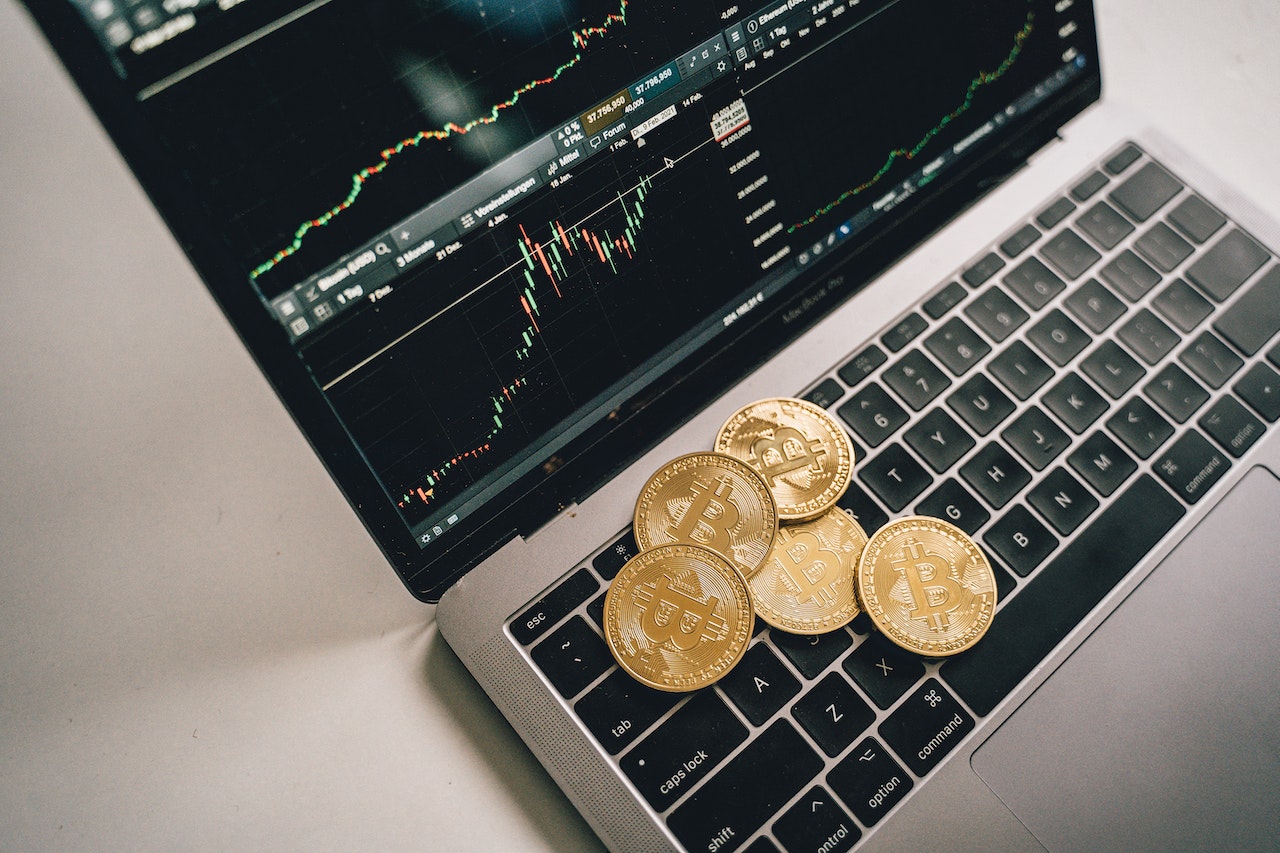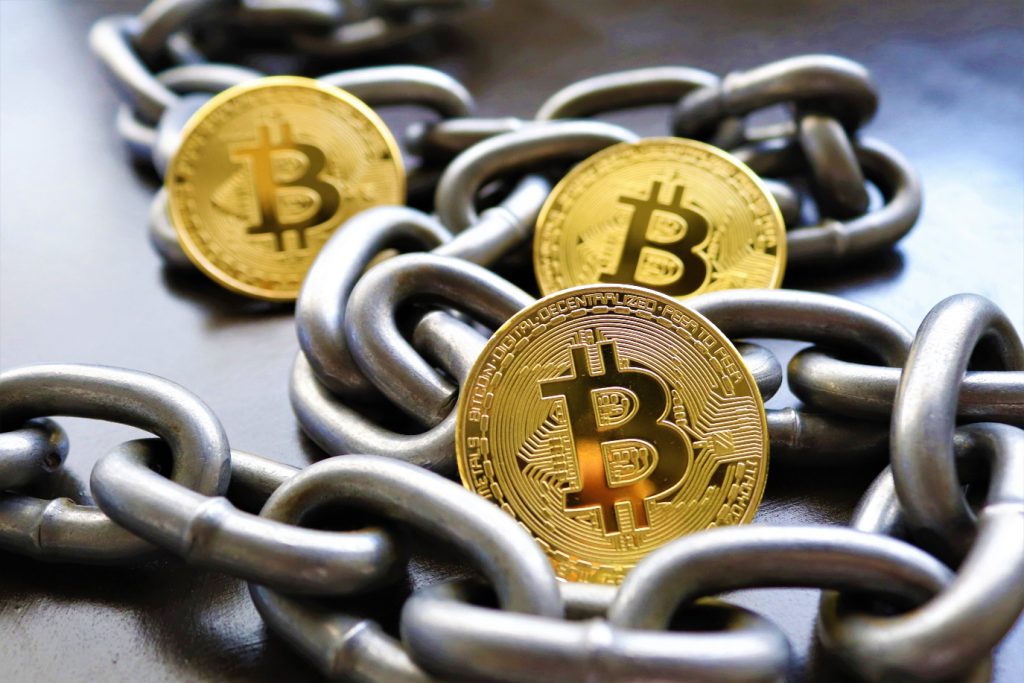Imagine someone turning a small investment of $100 into $10,000 in just a few months through DeFi. Sounds too good to be true? It’s not! Decentralized Finance (DeFi) is changing how we think about money. The tricky part? Getting your hands on the crypto needed to join the DeFi party. This guide makes buying crypto for DeFi easy.
Choosing the Right Cryptocurrency for DeFi
Picking the right crypto for DeFi is key. It’s like choosing the right tool for a job. You want something that works well for what you’re trying to do. Not all cryptocurrencies are created equal, especially in the world of DeFi.
Understanding Key DeFi Cryptocurrencies
Ethereum (ETH) is the king of DeFi. It’s like the main road where most DeFi apps live. Avalanche (AVAX) and Solana (SOL) are like faster side roads. They offer quicker and cheaper transactions than Ethereum. BNB is another big player. Each has its own strengths in the DeFi world. Market cap shows how big and stable a crypto is. Bigger isn’t always better, but it often means less risk.
Assessing Project Risk and Potential
Think of each DeFi project like a startup. You want to know who’s running it and what they’re trying to do. Look at the tech behind it. Is it solid? Check out the team. Are they experienced? Tokenomics matter too. How are the tokens distributed? Community vibe is important as well. A strong community often means a healthy project. All these help you decide if it’s a good investment.
Considering Transaction Fees and Speed
Gas fees are like tolls on a highway. High fees can eat into your profits, especially when the network is busy. Slower speeds mean you might miss out on opportunities. Ethereum gas fees can be high. Solana and Avalanche offer much faster and cheaper transactions. Pick a blockchain that fits your budget and speed needs.
Selecting a Reliable Cryptocurrency Exchange
Where you buy your crypto matters. It’s like picking a safe place to keep your money. You want an exchange you can trust. A reliable exchange is like a good bank.
Centralized Exchanges (CEXs) vs. Decentralized Exchanges (DEXs)
Centralized Exchanges (CEXs) are like traditional banks. Think Coinbase or Binance. They’re easy to use, but you have to trust them with your crypto. Decentralized Exchanges (DEXs) are like swapping cash with a friend. You control your crypto, but they can be more complex. CEXs require you to prove who you are (KYC). DEXs often don’t. CEXs are easier for beginners.
Evaluating Security Measures and Reputation
Security is everything. Look for exchanges with two-factor authentication (2FA). This is like having two locks on your door. Cold storage means they keep most crypto offline, away from hackers. Insurance funds can protect you if something goes wrong. Read user reviews too. See what other people are saying about the exchange.
Comparing Fees, Liquidity, and Supported Cryptocurrencies
Low fees mean more money in your pocket. High liquidity means you can buy and sell easily. You want an exchange that offers the crypto you need for DeFi. Compare these factors before you choose an exchange.
Step-by-Step Guide: Buying Crypto on a CEX
Let’s walk through buying crypto on a CEX. We’ll use Binance as an example. The steps are similar on most CEXs.
Creating an Account and Completing KYC
First, go to Binance and sign up for an account. You’ll need to provide your email and create a password. Next, you’ll need to complete KYC (Know Your Customer). This means proving your identity. You’ll need to upload a photo of your ID and maybe a selfie. This helps keep the exchange safe.
Funding Your Account
Now it’s time to put money into your account. You can use a bank transfer, credit/debit card, or even another cryptocurrency. Bank transfers usually have lower fees but take longer. Credit/debit cards are faster but have higher fees. Check the fees before you deposit.
Placing Your Order
Once your account is funded, you can buy crypto. Go to the trading section and search for the crypto you want. You’ll see a chart and order book. You can place a market order, which buys crypto at the current price. Or you can place a limit order, which buys crypto when it hits a certain price.
Safely Transferring Crypto to Your DeFi Wallet
Moving your crypto to a DeFi wallet is vital. It’s like moving your gold from the bank to your own safe. You want to keep it secure.
Choosing a DeFi Wallet (MetaMask, Trust Wallet, etc.)
MetaMask and Trust Wallet are popular choices. MetaMask is a browser extension and mobile app. Trust Wallet is mobile-only. Consider if you want to use DeFi on your computer or phone. Check which blockchains the wallet supports. Some wallets work better with certain blockchains.
Setting Up Your Wallet and Securing Your Seed Phrase
Download and install your chosen wallet. The wallet will give you a seed phrase. This is like the master key to your wallet. Write it down on paper and store it somewhere safe. Never share your seed phrase with anyone. If someone gets your seed phrase, they can steal your crypto.
Transferring Crypto from the Exchange to Your Wallet
Go to the withdrawal section on the exchange. Paste your wallet address into the withdrawal address field. Double-check the address! Sending crypto to the wrong address means it’s gone forever. Select the amount of crypto you want to withdraw. Confirm the transaction. It may take a few minutes for the crypto to appear in your wallet.
Getting Started with DeFi: First Steps
Now that you have crypto in your wallet, you can start exploring DeFi. It’s like stepping into a new world of financial possibilities.
Connecting Your Wallet to a DeFi Platform
Go to a DeFi platform like Aave or Compound. Click the “Connect Wallet” button. Your wallet will ask you to confirm the connection. This lets the platform interact with your wallet.
Exploring Basic DeFi Applications: Lending, Borrowing, and Staking
Lending means you lend out your crypto to earn interest. Borrowing means you borrow crypto by putting up collateral. Staking means you lock up your crypto to support a blockchain and earn rewards. These are the basic building blocks of DeFi.
Understanding Impermanent Loss and Other Risks
Impermanent loss happens when the price of your crypto changes in a liquidity pool. It can reduce your profits. DeFi also has smart contract risks. Bugs in the code can lead to losses. Be careful and only invest what you can afford to lose.
Conclusion
Buying crypto for DeFi opens a door to new financial opportunities. This guide showed you how to choose the right crypto, pick a secure exchange, and safely transfer your crypto to a DeFi wallet. DeFi offers the potential for high returns. Remember to explore DeFi with caution and responsibility.
Key Takeaways:
- Choose the right crypto for your DeFi needs.
- Select a reputable exchange with strong security measures.
- Protect your seed phrase and wallet.
- Understand the risks involved in DeFi.

AdHang.com is the No.1 agency for digital marketing in Nigeria and the first Internet public enlightenment agency in Africa. AdHang has everything needed to achieve your digital marketing objectives and goals. From strategic digital marketing, a tactical approach to employing advanced digital marketing tools and technologies, using seasoned marketers with decades of marketing communications experience.









Comments